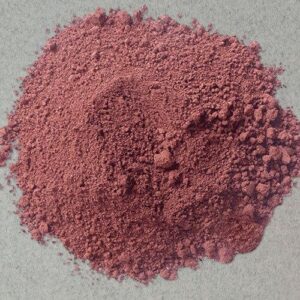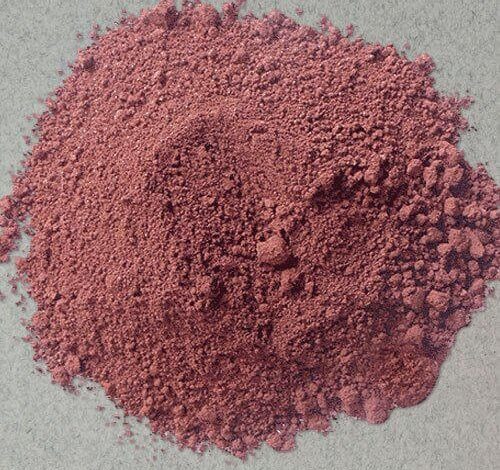Industrial Applications and Market Value
Hematite is a naturally occurring iron oxide mineral (Fe₂O₃) known for its rich iron content and versatility across various industries. From steelmaking to pigments and radiation shielding, the quality grades of hematite play a crucial role in determining performance, efficiency, and pricing. This guide will help you understand the different hematite grades, their uses, and how to choose the right type for your needs.

What Are Hematite Quality Grades?
Hematite is graded based on several key criteria, including iron content (Fe%), particle size, impurity levels, and specific industrial application. The quality of hematite directly impacts both the cost and the end-use results.
1. High-Grade Hematite (Fe ≥ 67%)
This is the premium grade, mostly used in:
-
Steel and iron production
-
High-performance magnets
-
Dense media separation in mining
High-grade hematite has minimal silica and phosphorus content, making it ideal for direct feed in blast furnaces or pellet plants. It offers maximum yield with lower processing costs.
2. Medium-Grade Hematite (Fe 55%–66%)
Commonly used in:
-
Cement manufacturing
-
Paints and coatings
-
Heavy media in coal washing plants
This grade contains moderate impurities and may require additional beneficiation for some applications. However, it’s more economical and widely available in global markets like India, Brazil, and Australia.
3. Low-Grade Hematite (Fe < 55%)
Primarily used in:
-
Construction aggregate
-
Low-cost pigment production
-
Radiation shielding concrete
Low-grade hematite often includes higher levels of silica, alumina, or clay impurities. While not suitable for steel production, it is cost-effective for non-metallurgical uses.
Why Hematite Grade Matters
Industrial Performance
Each application demands a specific iron concentration and purity level. Using the wrong grade can reduce process efficiency or compromise product quality.
Cost Optimization
Higher grades cost more due to purification and export logistics. Selecting the correct hematite grade based on your industrial need ensures value for money.
Environmental and Regulatory Standards
Steel plants and chemical industries often require certified grades to meet environmental and metallurgical compliance. Sourcing graded hematite helps meet international standards and sustainability goals.
Global Market Overview and Pricing Trends
In 2025, the global hematite market is driven by rising demand in steelmaking and green construction. Key trends include:
-
High-grade hematite commands premium prices due to demand in Asia and the Middle East.
-
Medium-grade material remains the most traded globally for its balance of price and performance.
-
Countries like India and Brazil dominate exports of both high and medium grades.
Approximate FOB Prices by Grade:
-
High-Grade Hematite (Fe 67%+): $110–$150/MT
-
Medium-Grade Hematite (Fe 60%–66%): $70–$100/MT
-
Low-Grade Hematite (Fe < 55%): $30–$60/MT
Choosing a Reliable Hematite Supplier
Select suppliers that offer certified quality, technical analysis reports, and flexible shipping options. Working with trusted exporters ensures consistent supply and better pricing.
In conclusion, understanding the various hematite quality grades is essential for selecting the right material for your industry. Whether you need premium ore for steel or budget-grade for pigments or construction, matching grade to application ensures efficiency, compliance, and cost control.
https://iranmineral.net/gypsum-different-qualities/

